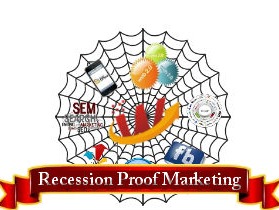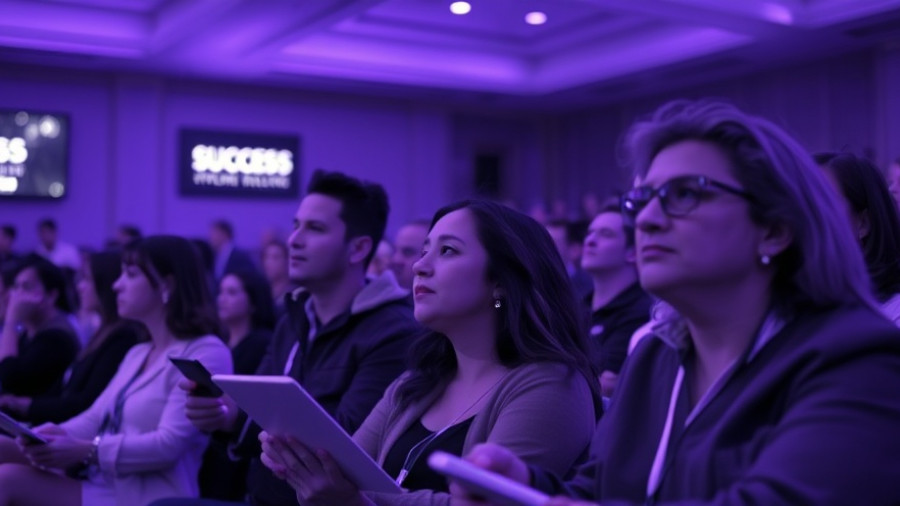
The Essential Role of Compassion in Daily Life
Compassion isn’t just a nice-to-have quality; it is vital for promoting genuine care and understanding in our lives. Whether at work, school, or in our communities, compassion helps to foster an environment where everyone feels valued and understood. It goes beyond mere sympathy; it's about recognition of shared humanity. Each day offers a fresh opportunity to embody compassion through our actions, whether it’s providing a listening ear to a friend in need or practicing kindness towards ourselves in challenging moments.
Why Compassion Matters
Every one of us has experienced times when compassion has made a significant difference in our lives. It builds trust and encourages open communication, which in turn strengthens our relationships. Compassion allows individuals to take risks, share their vulnerabilities, and grow without the fear of being judged. When a workplace embraces compassion, it nurtures not just productivity but a peaceful atmosphere where creativity and teamwork can flourish. Studies reflect that organizations characterized by high levels of compassion see lower turnover rates and increased employee satisfaction.
Kindness and Compassion: A Dynamic Duo
It's essential to understand that kindness and compassion are interlinked. Compassion is the intention we have, while kindness represents the actions we take based on that intention. Together, they are crucial for building deeper connections and can lead us to perform small and meaningful acts. A few well-placed words of encouragement or support can transform someone’s day. As observed by notable figures throughout history, kindness is a universal language, often leaving a lasting impact. Consider the words of Anne Frank: "No one has ever become poor by giving." Her statement showcases how acts of kindness enrich both the giver and the receiver.
Historical Perspectives on Compassion
Historically, compassion has been celebrated in various cultures as a fundamental human value. From the teachings of major religions to philosophical writings, compassion has always been positioned as a path to shared happiness and societal improvement. It has led to community service initiatives, social justice movements, and more. For instance, Mahatma Gandhi advocated for non-violence and compassion towards all living beings, which inspired movements for equality and justice worldwide.
Practical Ways to Foster Compassion
Incorporating compassion into daily life doesn't require monumental changes; instead, it can be achieved through small, deliberate actions. Here’s how you can start:
- Active Listening: Be fully present when someone is sharing their thoughts or troubles. Acknowledge their feelings without rushing them.
- Practice Self-Compassion: Treat yourself with the same kindness you would offer a friend. Acknowledge your mistakes without harsh judgment.
- Random Acts of Kindness: Surprise a friend or colleague with a thoughtful gesture or compliment to brighten their day.
Moving Forward with Compassion
As we navigate our daily interactions, it becomes increasingly crucial to remember the power of compassion. It can extend beyond personal relationships into professional settings, communities, and even broader society. By fostering a culture of compassion, we enhance our collective resilience and nurture a spirit of cooperation and understanding. After all, in the words of William McRaven, "Finally, to save the world, you must have compassion. You must ache for the poor and disenfranchised. You must fear for the vulnerable." This perspective reinforces the idea that compassion is a transformative force capable of igniting positive change.
In conclusion, let us embrace opportunities for kindness and compassion, leading to deeper connections with one another and creating spaces where caring for others becomes the norm. With this collective approach, we can build not only a supportive environment for ourselves but also for those around us.
 Add Row
Add Row  Add
Add 




Write A Comment